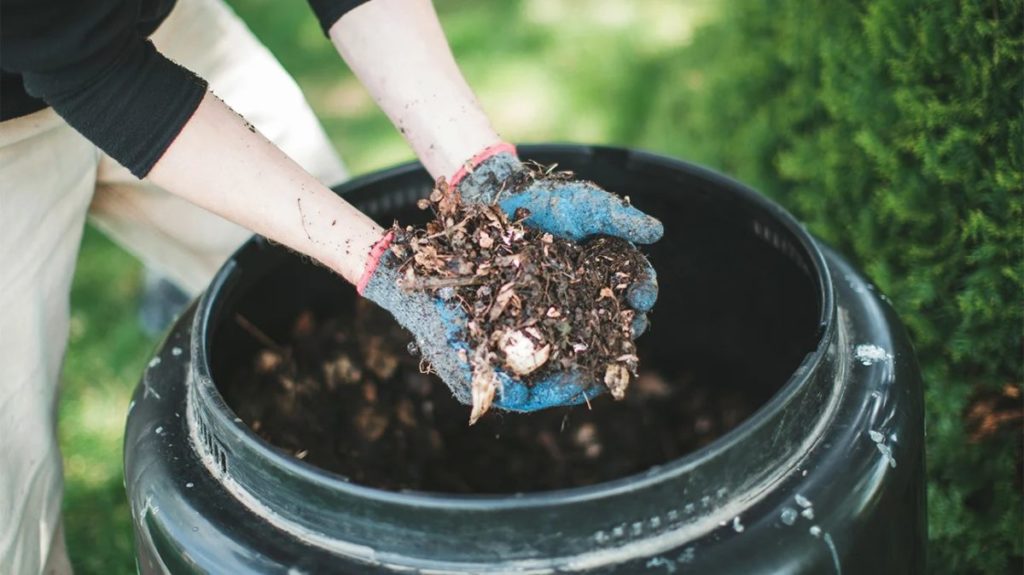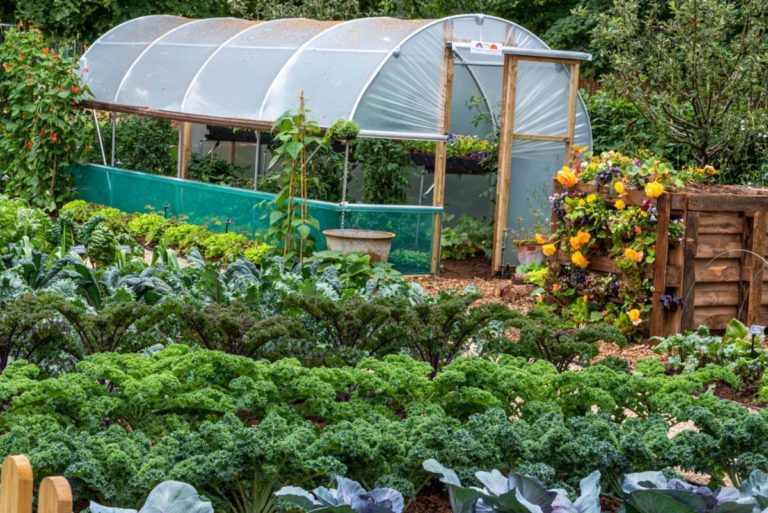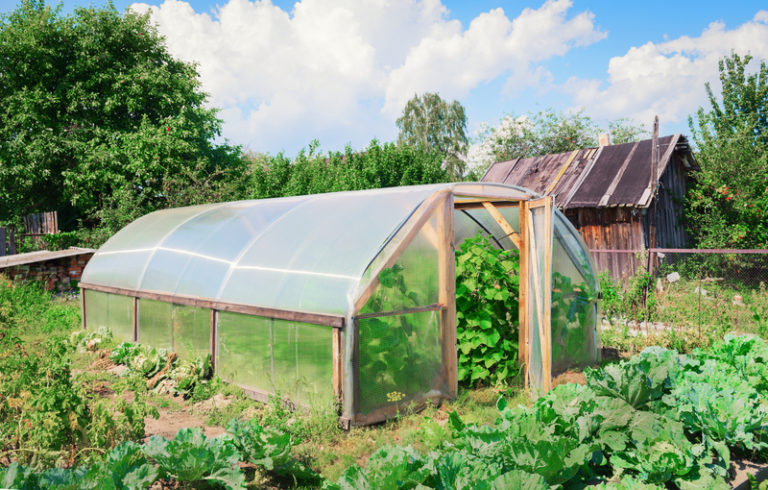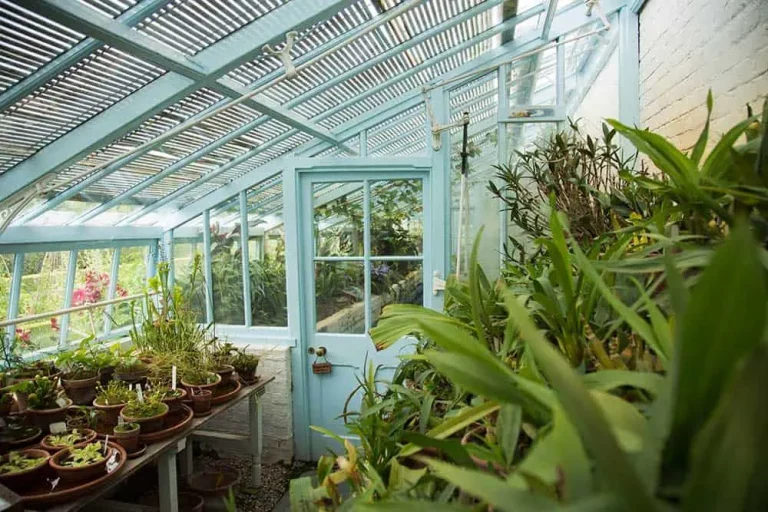Looking to boost the health of your garden soil without breaking the bank?
Composting is the answer!
By utilizing kitchen scraps and yard waste, you can create a nutrient-rich compost that will help your plants thrive.
With just a few simple tips and tricks, you can become a composting pro and watch your garden flourish like never before.
We’ll explore the ins and outs of successful composting, from selecting the right materials to turning and maintaining your pile.
Whether you’re a seasoned gardener or just starting out, these tips will help you build healthy soil and enjoy a bountiful harvest.
Start with a balanced mix
When building a compost pile, it’s important to include a mix of green and brown materials. Green materials, such as fruit and vegetable scraps, are high in nitrogen and help speed up the decomposition process. Brown materials, such as dried leaves and straw, are high in carbon and provide structure to the pile. Aim for a 2/3 brown materials to 1/3 green materials ratio.
Green materials, such as fruit and vegetable scraps, are rich in nitrogen and accelerate the decomposition process, while brown materials like dried leaves and straw provide structure and carbon to the pile.
Aiming for a ratio of 2/3 brown materials to 1/3 green materials is ideal, as this balance promotes a healthy and efficient decomposition process.
To achieve this balance, you can include a variety of green and brown materials in your compost pile.
For example, you can add fruit and vegetable scraps, grass clippings, and manure to the pile, while incorporating dried leaves, straw, and shredded newspaper.
Aim to keep the pile moist, but not soggy, and turn it regularly to ensure proper aeration and decomposition.
By starting with a balanced mix of green and brown materials, you’ll be well on your way to creating a nutrient-rich compost that will benefit your garden and help reduce your environmental footprint.
Remember to keep your compost pile contained, well-ventilated, and free of contaminants to ensure a successful composting process.
Keep it moist
Compost needs to be kept moist, but not soaked. Aim for a consistency like a damp sponge. Too little moisture can cause the pile to dry out and slow down the decomposition process. Too much moisture can lead to mold and unpleasant odors.
Ah, the delicate balance of moisture in composting!
It’s essential to keep your compost pile damp, like a damp sponge, but not soaked.
Exactly the right amount of moisture is required to facilitate the decomposition process, without either too little or too much moisture.
If your compost pile is too dry, it may slow down the decomposition process, while too much moisture can lead to mold and unpleasant odors.
To achieve the perfect level of moisture, you should aim to keep your compost pile as consistently damp as possible.
Check it regularly and avoid overwatering or underwatering.
If you notice the pile starting to dry out, simply add some water and mix it in.
If you see mold or unpleasant odors, it may be an indication that the pile is too wet, so be sure to adjust your watering accordingly.
Remember, the ideal consistency for compost is like a damp sponge, so be sure to monitor the moisture levels regularly to ensure your compost pile is breaking down effectively and efficiently.
With the right amount of moisture, your compost pile will be teeming with life and will provide you with a nutrient-rich soil amendment for your garden.
Don’t overdo it
While it can be tempting to add more and more materials to your compost pile, it’s important not to overdo it. Too much material can cause the pile to become too hot and lead to mold and unpleasant odors. Aim for a pile that’s about 3-4 feet tall and 3-4 feet wide.
When it comes to creating a successful compost pile, it’s important to strike the right balance.
While adding more and more materials to your pile may seem like a good idea, overdoing it can lead to a range of negative consequences.
For example, a compost pile that’s too large can become too hot, causing mold and unpleasant odors to develop.
To avoid these issues, it’s best to aim for a pile that’s about 3-4 feet tall and 3-4 feet wide.
This size is ideal for promoting the proper balance of aerobic and anaerobic conditions, which are necessary for efficient composting.
This size allows for proper aeration and drainage, which helps to prevent mold and odors.
By sticking to these dimensions, you can ensure that your compost pile is both effective and pleasant to work with.
Add a mix of materials
In addition to kitchen scraps and yard waste, consider adding other materials to your compost pile. For example, you can include shredded newspaper, straw, and other plant materials. Avoid adding meat, dairy, and oils, as these can attract pests and cause unpleasant odors.
To create a thriving and well-balanced compost pile, it’s essential to add a variety of materials beyond kitchen scraps and yard waste.
Include shredded newspaper, straw, and other plant materials like leaves, grass clippings, and vegetable scraps.
These items will help provide a balance of carbon-rich and nitrogen-rich materials, which are essential for the decomposition process.
The shredded newspaper will help absorb excess moisture and provide a source of slowly released nutrients.
However, it’s important to avoid adding meat, dairy, and oils to your compost pile, as these can attract pests and cause unpleasant odors.
By mixing it up with a variety of materials, you’ll create a compost pile that is not only rich in nutrients but also healthy and well-balanced.
Use a balanced mix of large and small materials
A mix of large and small materials will help create a balanced compost pile. Large materials, such as branches and sticks, provide structure and air pockets for the pile to breathe. Small materials, such as kitchen scraps and grass clippings, add nutrients and speed up the composting process.
When constructing a compost pile, it is essential to include a balanced mix of large and small materials.
The larger materials, such as branches and sticks, provide structure and air pockets within the pile, allowing for proper aeration and drainage.
This aeration is important for the composting process, as it allows oxygen to reach the decomposing materials and prevents the growth of anaerobic bacteria.
On the other hand, small materials like kitchen scraps and grass clippings are rich in nutrients and quickly break down, adding nitrogen and other essential minerals to the compost.
This hastens the composting process and ensures a balanced finished product.
By combining large and small materials, you can create a well-structured compost pile that will efficiently break down organic matter and provide a nutrient-rich finished product.
Keep the compost pile moist
Compost needs to be kept moist to facilitate the decomposition process. Add water as needed to keep the pile damp, but not soaked. The ideal moisture level is like a wrung-out sponge—not too dry, not too wet.
Keeping your compost pile moist is important for the decomposition process to proceed efficiently.
As a general rule, you should aim to maintain a moisture level similar to that of a wrung-out sponge, neither too dry nor too wet.
This is because compost microorganisms need water to function properly, and a dry compost pile can become anaerobic, leading to the growth of harmful bacteria.
To ensure the optimal moisture level, it’s essential to regularly check the pile’s moisture content and make adjustments as needed.
You can do this by feeling the pile with your hand, like a wrung-out sponge, or by using a compost meter.
If the pile feels too dry, add water until it reaches the desired moisture level.
Conversely, if the pile feels too wet, mix in some dry materials like straw or shredded newspaper to absorb excess moisture.
It’s also important to note that over-watering your compost pile can lead to anaerobic conditions and unpleasant odors.
Therefore, it’s better to err on the side of caution and add water sparingly.
By keeping your compost pile at the right moisture level, you’ll create a conducive environment for microorganisms to break down organic waste into nutrient-rich compost.
Turn the compost pile regularly
Turning the compost pile regularly helps aerate it and speed up the decomposition process. Use a pitchfork or shovel to mix the materials and fluff up the pile. Every few days is a good rule of thumb.
Turning your compost pile regularly is a important step in the composting process, as it helps to aerate the materials and accelerate decomposition.
To turn your compost pile, use a pitchfork or shovel to mix the materials together, fluffing up the pile and breaking up any clumps that may have formed.
This process helps to increase the surface area of the materials, allowing for more efficient decomposing and the growth of beneficial microorganisms.
Aim to turn your compost pile every few days, as this will help to ensure that all of the materials are receiving the proper amount of oxygen and moisture for decomposition to occur.
By regularly turning your compost pile, you can speed up the process and produce rich, nutrient-dense compost for your garden.
Monitor temperature and nutrients
Compost piles can get hot, especially in the summer. If the pile is too hot, it can kill beneficial microbes and slow down the composting process. Monitor the temperature regularly and turn the pile if it gets too hot. Also, be mindful of the nutrient balance in the compost pile. Adding too much of one type of material can create an imbalance. Mix in some finished compost or well-rotted manure to provide a balanced diet of nutrients for the microbes.
Monitoring temperature and nutrients is important for optimal composting.
Compost piles can heat up quickly, especially during the summer months, which can be detrimental to the beneficial microbes that break down the organic matter.
To avoid this, regularly check the temperature of your compost pile, using a thermometer to ensure it doesn’t get too hot.
If the temperature does rise too high, turn the pile to aerate it and prevent the buildup of heat.
Be mindful of the nutrient balance in your compost pile.
Adding too much of one type of material, such as too much grass clipping, can create an imbalance that can slow down the composting process.
To avoid this, mix in some finished compost or well-rotted manure to provide a balanced diet of nutrients for the microbes.
Finished compost and well-rotted manure are rich in nutrients and will help support the growth of the beneficial microbes, which will in turn help to break down the organic matter more efficiently.
By monitoring the temperature and nutrient balance of your compost pile, you can ensure that the microbes have the ideal conditions for breaking down the organic matter quickly and effectively, resulting in rich, nutrient-dense compost for your garden.
Want More? Dive Deeper Here!
Hey there! If you’re the type who loves going down the rabbit hole of information (like we do), you’re in the right spot. We’ve pulled together some cool reads and resources that dive a bit deeper into the stuff we chat about on our site. Whether you’re just killing time or super into the topic, these picks might just be what you’re looking for. Happy reading!






